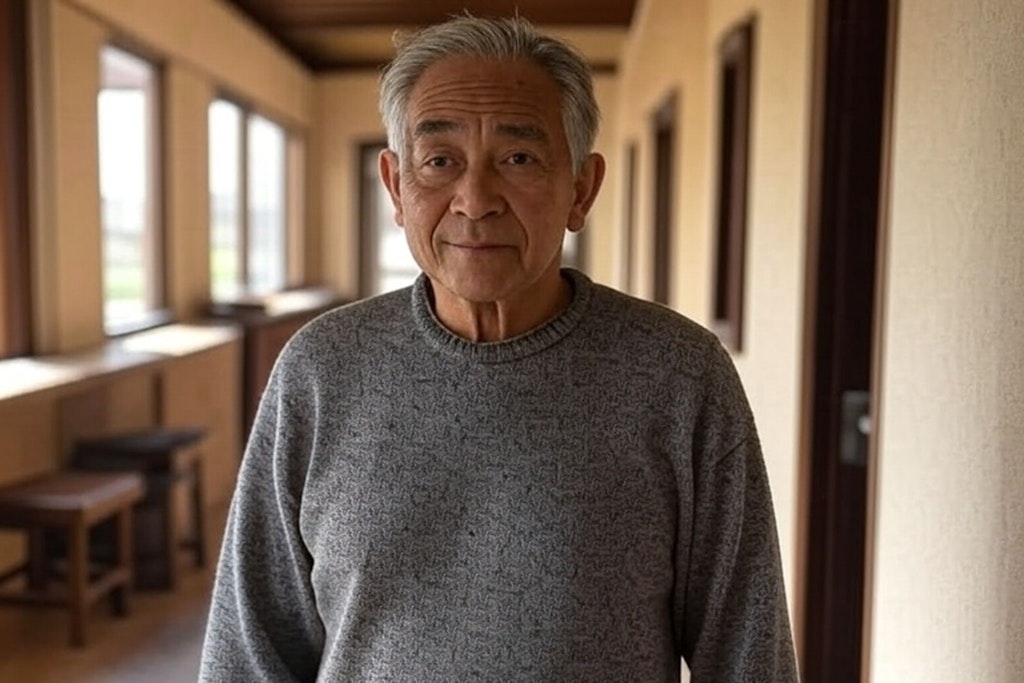Sector analysis: ADS on the rise as admission rates continue to fall
Published on 28 April 2025

March proved to be a good month for the aged care sector as the AN-ACC price increase boosted the average daily subsidy for providers. Meanwhile, 2025 wage boosts appear to be delivering positive flow-on effects as total direct care minutes bounced back from a February slump.
Key points
- The April Mirus Industry Analysis (covering March 2025) revealed that the industry average daily subsidy (ADS) has increased by $2.22 to $300.54
- Occupancy remained strong at 91.35%, although permanent admissions continued to decline as respite-to-permanent conversion rates also dropped
- Total direct care minutes increased by less than half a percent to 209.29, continuing a positive trend while still sitting below the national average
- Registered nurse (RN) minutes declined by 2.63% to 42.96 minutes, just over two minutes’ shy of the sector benchmark
The most recent AN-ACC price increase, delivered from March 1, 2025, saw the AN-ACC price rise to $282.44. The Department of Health and Aged Care explained that it would support providers to deliver higher award wages to registered and enrolled nurses in line with the Fair Work Commission’s final determination in the Aged Care Work Value Case.
Mirus Australia data shows the average ADS grew in correlation with the AN-ACC price, moving from $298.32 in February to $300.54 in March.
Metropolitan providers are sitting slightly below average, however, at $297.07. Essential funding for regional, rural and remote providers has contributed significantly to the average price cracking $300: the average MM 2-3 ADS is $306.31 and $315.41 for MM 4-5.
“It’s an essential step forward in enhancing staff retention and recruitment, particularly as the industry continues to navigate persistent labour challenges,” Rob Covino, Mirus Australia Industry Lead, said.
Claiming activity takes a dip
Elsewhere, Mr Covino noted that total claiming activity continued to drop.
“We saw a noticeable dip in claiming activity last month with only 2.8% of total claims being assessed by AMOs. Similarly, MM1 facilities also declined with just under 3% of claims being assessed,” he added.
“Voluntary claiming also followed a similar trend, decreasing from 4% in February to 2% in March across the sector.”
With providers burdened by a wide range of reform pressures ahead of the new Aged Care Act’s July 1 commencement date, it is likely that many are prioritising essential processes over voluntary ones.
However, with the average age of AN-ACC claims also increasing by just under half a percent since February, many could be underfunded for up-to-date resident case mixes, or potentially overspending on direct care costs.
“In MM4 and MM5 facilities, around 58% of claims are now over a year old, indicating a need for review as these older claims may no longer accurately reflect the current needs of residents,” Mr Covino said.
On a positive note, the efficiency of reassessments has improved considerably. The average timeframe from request to reassessment decreased by just over 24% to an average of 23 days. MM 4-5 providers have to wait an average of 29 days, however, Mr Covino said the encouraging shift helps providers secure funding updates more quickly which supports better operational planning.
New admissions slow down
Occupancy rates remain strong in residential aged care, reaching 91.35% in March, driven by short term stays. Metropolitan homes performed the best with a slightly higher than average 92.03%.
“As occupancy continues to rise, so does the total care obligation. The good news is the sector is performing better against care minute targets, suggesting the additional funding for higher wages is starting to have a positive impact, helping to attract more nurses and carers,” Mr Covino said.
“This is a critical development as we prepare for the new Aged Care Act coming into effect on the first of July.”
However, there is some concern around new admissions as they continue to decrease.
“New permanent admissions have slowed down, dropping 18% last month. Respite usage also fell around 11% and the conversion from respite to permanent care decreased by 6.8% to 42%,” he added.
Obviously high occupancy rates mean that fewer new admissions can occur, while the quality of home care services could be another reason that fewer people are moving into residential care.
The average age of new admissions remains in the 85-year range.
Finally, and arguably most importantly, the average total care minutes per resident per day rebounded with a .36% increase. It hit 209.29 minutes in March after dropping to 208.54 in February.
This puts the brief decline in the rearview mirror, although RN minutes decreased by 2.6% to just under 43 minutes.
The sector will be hoping for a steady April period, particularly after meeting the industry wide RN target of 44 minutes in February.